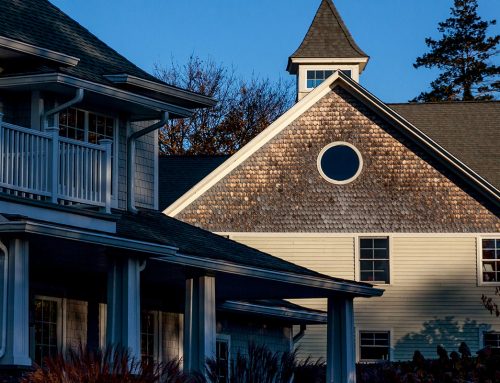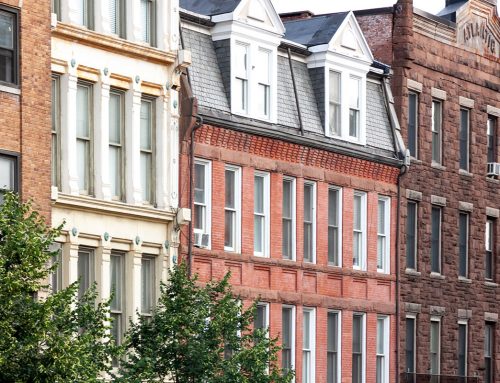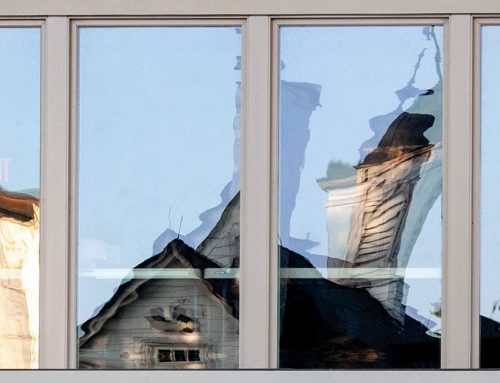Frequently asked questions to help you deal with troublesome trees.
What’s Below:
Can I trim the branches of the neighbor’s tree that hang over my yard?
Most of a big oak tree hangs over my yard, but the trunk is on the neighbor’s property. Who owns the tree?
My neighbor dug up his yard, and in the process killed a tree that’s just on my side of the property line. Am I entitled to compensation for the tree?
My neighbor’s tree looks like it’s going to fall on my house any day now. What should I do?
Do I have to compensate my neighbors for damage to their septic tank caused by the spreading roots of a tree on my land?
If I have more questions about the trees on my property or my neighbor’s property, what should I do next?
Can I trim the branches of the neighbor’s tree that hang over my yard?
You have the legal right to trim tree branches up to the property line. But you may not go onto the neighbor’s property or destroy the tree itself.
Deliberately Harming a Tree
In almost every state, a person who intentionally injures someone else’s tree is liable to the owner for two or three times the amount of actual monetary loss. These penalties protect tree owners by providing harsh deterrents to would-be loggers.
Most of a big oak tree hangs over my yard, but the trunk is on the neighbor’s property. Who owns the tree?
Your neighbor. It is accepted law in all states that a tree whose trunk stands wholly on the land of one person belongs to that person.
If the trunk stands partly on the land of two or more people, it is called a boundary tree, and in most cases it belongs to all the property owners. All the owners are responsible for caring for the tree, and one co-owner may not remove a healthy tree without the other owners’ permission.
My neighbor dug up his yard, and in the process killed a tree that’s just on my side of the property line. Am I entitled to compensation for the tree?
Yes. The basic rule is that someone who cuts down, removes, or hurts a tree without permission owes the tree’s owner money to compensate for the harm done. You can sue to enforce that right — but you probably won’t have to, once you tell your neighbor what the law is.
My neighbor’s tree looks like it’s going to fall on my house any day now. What should I do?
You can trim back branches to your property line, but that may not solve the problem if you’re worried about the whole tree coming down.
City governments often step in to take care of, or make the owner take care of, dangerous trees. Some cities have ordinances that prohibit maintaining any dangerous condition — including a hazardous tree — on private property. To enforce such an ordinance, the city can demand that the owner remove the tree or pay a fine. Some cities will even remove such a tree for the owner.
You might also get help from a utility company, if the tree threatens its equipment. For example, a phone company will trim a tree that hangs menacingly over its lines.
If you don’t get help from these sources, and the neighbor refuses to take action, you can sue. The legal theory is that the dangerous tree is a “nuisance” because it is unreasonable for the owner to keep it and it interferes with your use and enjoyment of your property. You can ask the court to order the owner to prune or remove the tree. You’ll probably have to sue in regular court (not small claims court) and have proof that the tree really does pose a danger to you.
Do I have to compensate my neighbors for damage to their septic tank caused by the spreading roots of a tree on my land?
Whether you are liable for damages to your neighbor’s property caused by the spreading roots of a tree on your property depends on what state you live in. In most situations, a neighbor who is bothered or worried by encroaching branches or roots of a healthy tree won’t be able to successfully sue the tree owner. Instead, the neighbor can go ahead and trim the tree himself. In some states, however, neighbors may sue under certain conditions, including:
- If the tree encroaches onto the neighbor’s property, the neighbor may sue to make the owner cut the branches, even if no damage has been done.
- If the invading roots or branches cause serious harm to the neighbor’s property or threaten to do so, the neighbor may sue. “Serious harm” generally means structural damage to property, for example damaged roofs or walls, crushed pipes, clogged sewers, or cracked foundations.
- If a tree encroaches on neighboring property, the neighbor may sue if the tree was planted, not “wild.”
- A neighbor may sue only if the tree is “noxious,” in other words if it both causes actual damage and is inherently dangerous or poisonous.
In many other states the law is unclear. In these states, a case might be successful if the tree:
- does substantial damage to the neighbor’s property, or
- seriously interferes with the neighbor’s ability to use and enjoy her property.
In addition to finding out what the laws are in your state, there are lots of other questions for you to answer in getting to the roots of this dilemma. What’s the cost of the damage to the neighbors’ septic system? Do you like these neighbors and want to keep a good relationship? How about splitting the cost? If you love your tree, how about your having the roots cut back professionally so that the neighbors don’t damage the tree if they exercise their right to trim back the roots to your property line?
Sometimes, no matter what the law dictates, it’s better to spend money to fix a situation instead of paying the same money to a lawyer and losing a neighbor.
If I have more questions about the trees on my property or my neighbor’s property, what should I do next?
First, find out what your state’s laws require or allow with regard to trees. A good place to start is Nolo’s Legal Research Center. And, if you still have questions, check out Nolo’s Neighbor Law: Fences, Trees, Boundaries & Noise, by Cora Jordan.










